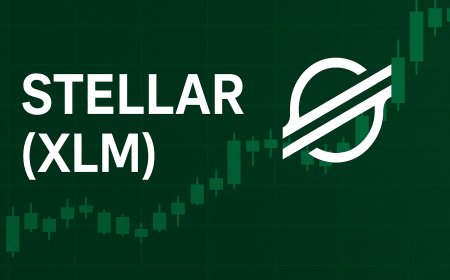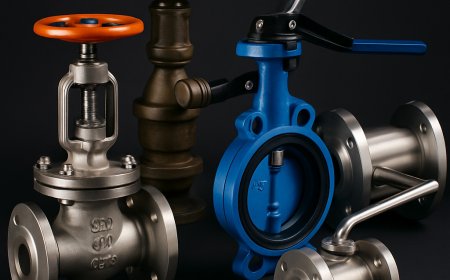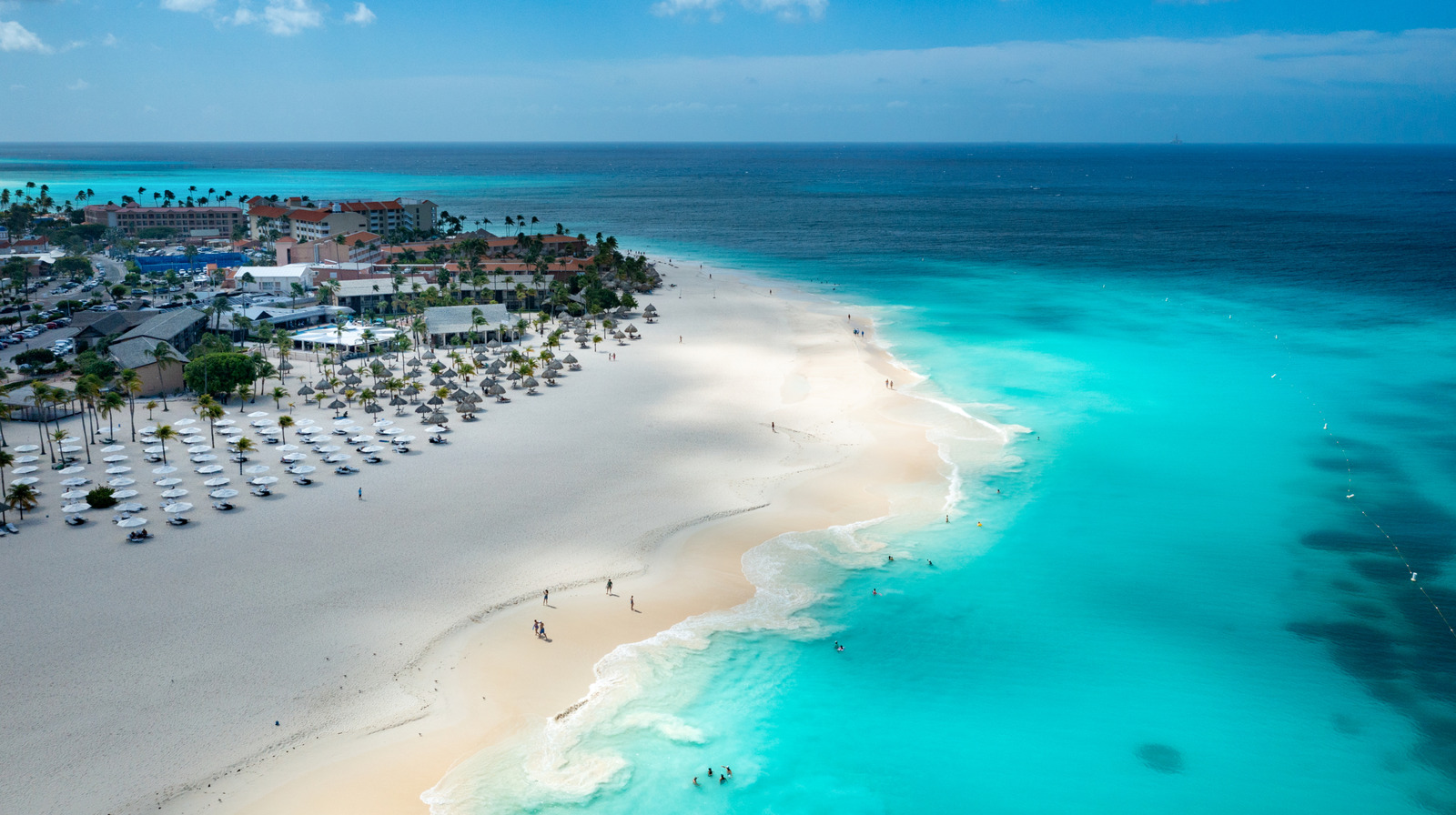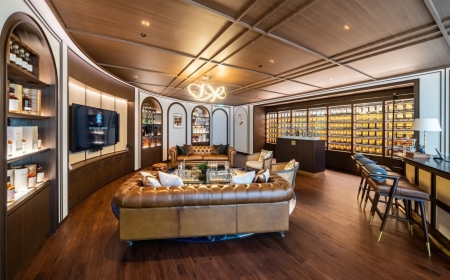The Rise of XR Production Studios: Breaking Down Virtual Production Screen and Studio Costs
The filmmaking and content creation industries are undergoing a seismic shift, propelled by the advent of Extended Reality (XR) and virtual production technologies.

The filmmaking and content creation industries are undergoing a seismic shift, propelled by the advent of Extended Reality (XR) and virtual production technologies. From blockbuster hits like The Mandalorian to innovative indie projects, XR production studios are redefining how stories are told, offering immersive, cost-effective, and creative solutions. However, for filmmakers, producers, and studio managers looking to adopt this cutting-edge technology, one critical question looms large: What are the costs associated with setting up and operating an XR or virtual production studio? In this guest post, well explore the world of XR production studios, break down the costs of virtual production screens, and provide a comprehensive overview of virtual production studio cost, empowering you to make informed decisions for your next project.
What is an XR Production Studio?
An XR production studio is a filmmaking environment that leverages Extended Reality (XR) technologies, including Virtual Reality (VR), Augmented Reality (AR), and Mixed Reality (MR), to create immersive virtual sets. Unlike traditional green screen setups, XR studios use high-resolution LED walls to display dynamic, real-time digital environments that actors can interact with directly. These setups, often referred to as The Volume, integrate real-time rendering engines like Unreal Engine, camera tracking systems, and advanced LED screens to produce in-camera visual effects (ICVFX). This technology reduces post-production costs, enhances actor performance, and allows filmmakers to visualize scenes in real time.
The benefits of XR production studios are numerous:
-
Immersive Environments: Actors perform in realistic, dynamic settings, improving authenticity.
-
Cost Efficiency: Reduces the need for expensive location shoots and extensive post-production.
-
Flexibility: Scenes can be changed instantly, from a bustling cityscape to an alien planet.
-
Sustainability: Minimizes travel and physical set construction, lowering environmental impact.
However, the upfront and operational costs of setting up an XR production studio can be significant, and understanding these expenses is crucial for anyone considering this technology.
Key Components of an XR Production Studio
To understand the costs, its essential to break down the components of an XR production studio. A typical setup includes:
-
LED Video Walls: The heart of the virtual production studio, these high-resolution screens display dynamic backgrounds.
-
Camera Tracking Systems: Technologies like Mo-Sys StarTracker or Stype ensure the virtual environment aligns with camera movements.
-
Real-Time Rendering Engines: Software like Unreal Engine or Notch renders 3D environments in real time.
-
Media Servers: Systems like Disguise or Brompton processors manage content playback and synchronization.
-
Lighting and Audio Systems: Traditional studio equipment adapted to complement the LED volume.
-
Workstations and Hardware: Powerful computers with high-end GPUs (e.g., NVIDIA RTX A6000) to handle rendering demands.
-
Crew and Technical Support: VFX artists, virtual production directors, and technicians to operate the system.
Each of these components contributes to the overall cost, and prices can vary based on the scale, quality, and customization required.
Virtual Production Screen Costs
The LED video wall is the cornerstone of any XR production studio, and its cost is a significant portion of the budget. Heres a detailed look at the factors influencing virtual production screen costs:
1. Screen Size and Resolution
The size of the LED wall and its resolution are primary cost drivers. For professional applications, such as large-scale film productions, LED screens with a pixel pitch of 2.6mm or finer (e.g., ROE Visual Black Pearl BP2 or AOTO UxR series) are recommended to support 4K or 8K resolutions. A standard 4K LED wall, approximately 46x20 feet, can cost around $1 million, including processors and installation. Smaller setups, such as a 13x25-foot wall, may start just under $1 million, while larger or curved volumes for immersive environments can escalate to several million dollars.
2. Pixel Pitch and Refresh Rate
High-resolution screens with pixel pitches of 1.82.6mm ensure crisp visuals without ghosting or scan lines, critical for in-camera effects. Additionally, high refresh rates (3840Hz76800Hz) are necessary for smooth playback, especially for slow-motion shots. Premium panels, like those from ROE Visual or AOTO, designed for XR applications, incorporate advanced driver ICs and nano-coating for durability, adding to the cost.
3. Brand and Technology
Industry-leading brands like ROE Visual, AOTO, and Visionpi offer broadcast-grade LED panels optimized for virtual production. For example, ROE Visuals Black Pearl 2, used in The Mandalorian, is renowned for its performance but comes at a premium. Budget-friendly options may compromise on color accuracy or latency, impacting the quality of the final output.
4. Additional Features
Some studios opt for LED ceilings or floors to enhance immersion, as seen in setups like Pixomondos Toronto studio, which uses 2000 Black Pearl BP2 panels and 750 Carbon Series CB5 panels for the ceiling. These additions significantly increase costs but provide realistic lighting and reflections, reducing post-production needs.
5. Rental vs. Purchase
For one-off projects or smaller studios, renting an LED wall is a viable option. In China, a 500-square-meter LED studio might cost 16,000 yuan (approximately $2,250 USD) per day, but in markets like the U.S. or Europe, expect to pay 1.53 times more, starting at $10,000$25,000 per day for smaller stages. Rental prices often include technical support, such as camera operators, VFX technicians, and media server management.
Virtual Production Studio Costs
Beyond the LED screen, setting up a fully functional XR production studio involves additional expenses. Heres a breakdown of the key costs:
1. Infrastructure and Build
Constructing a virtual production studio requires a suitable space, typically a warehouse or soundstage, ranging from 5,000 to 35,000 square feet. For a 5,000-square-foot studio with a green screen, white cyc, and LED wall, costs can range from $1 million to $25 million, depending on the scale and equipment. For example, a studio with a 46x20-foot Absen LED wall and Mo-Sys tracking system was reported to cost $25 million. Smaller setups with green screens or modest LED walls may start at $100,000.
2. Camera Tracking Systems
Camera tracking is critical for syncing virtual backgrounds with camera movements. Professional systems like Mo-Sys StarTracker or OptiTrack cost $10,000$50,000, depending on the setup. Cost-effective alternatives, such as Antilatency or Vive Mars, are emerging for smaller studios, reducing expenses to $5,000$15,000. These systems require calibration and integration with media servers, adding to labor costs.
3. Rendering Hardware and Software
Real-time rendering demands powerful workstations with high-end GPUs, such as NVIDIA RTX A6000 or A6000 series cards, costing $5,000$20,000 each. Multiple workstations may be needed for complex scenes. Software licenses for Unreal Engine are free for non-commercial use, but commercial projects may incur costs for plugins or custom integrations. Media servers like Disguise or Brompton Tessera SX40 range from $10,000 to $100,000, depending on processing power and features.
4. Crew and Technical Support
Operating an XR studio requires specialized personnel, including VFX artists, virtual production directors, and technicians. A VFX artist or supervisor may charge $500$2,000 per day, while a full crew for a shoot can cost $5,000$20,000 per day, depending on the productions complexity. Long-term projects may require hiring dedicated staff, increasing operational costs.
5. Lighting and Audio
While LED walls provide natural lighting, additional studio lighting is needed to blend real and virtual elements seamlessly. Lighting setups can cost $10,000$50,000, depending on the equipment. Audio systems, including microphones and soundproofing, add another $5,000$20,000 for a professional setup.
6. Content Creation
Designing virtual environments is a significant expense, often requiring weeks of work from VFX artists and 3D designers. A custom 3D scene can cost $10,000$100,000, depending on complexity. Pre-built assets from libraries can reduce costs but may lack uniqueness.
7. Miscellaneous Costs
Additional expenses include studio rental (if not owned), power consumption (LED walls are energy-intensive), maintenance, and insurance. Daily studio rates in major markets like Los Angeles or Toronto range from $10,000 to $40,000, with prep days often required for environment setup, doubling the cost for short shoots.
Strategies to Manage Costs
For indie filmmakers or smaller studios, the high costs of XR production can seem daunting. Here are strategies to make virtual production more accessible:
-
Start with Green Screens: Green screens are significantly cheaper, with setups costing as little as $5,000$20,000. They allow experimentation with virtual production workflows before investing in LED walls.
-
Rent Instead of Buy: Renting an XR stage for specific projects avoids the high upfront costs of purchasing LED walls and equipment.
-
Use Cost-Effective Tracking: Opt for budget-friendly tracking systems like Antilatency or HTC Vive for smaller setups.
-
Leverage Pre-Built Assets: Use existing 3D environment libraries to reduce content creation costs.
-
Collaborate with Studios: Partner with established XR studios like XiteLabs or Be Electric Studios to access their infrastructure and expertise without building your own.
The Future of XR Production Studios
The adoption of XR and virtual production is accelerating, driven by its ability to streamline workflows and reduce costs over time. As LED technology becomes more affordable and tracking systems improve, the barrier to entry for smaller studios will decrease. Innovations like SEEDERs robotic crane systems and cost-effective tracking solutions are already making virtual production more accessible.
Moreover, the environmental benefits of virtual productionreducing travel and physical set constructionare aligning with the industrys push for sustainability. As more studios invest in XR technology, competition will drive down rental and equipment costs, democratizing access for indie filmmakers and content creators.
Conclusion
Building or renting an XR production studio is a significant investment, with costs ranging from $100,000 for a modest setup to over $25 million for a state-of-the-art facility. Virtual production screens alone can cost $1 million or more, depending on size, resolution, and features. However, the benefitsreduced post-production, enhanced creative control, and immersive environmentsmake it a worthwhile consideration for modern filmmakers. By carefully planning your budget, exploring rental options, and leveraging cost-effective technologies, you can harness the power of XR to create groundbreaking content without breaking the bank.
For those ready to dive into the world of virtual production, reach out to professional studios or explore resources like Unreal Engines ICVFX tutorials to get started. The future of filmmaking is here, and its more accessible than you might think.











































